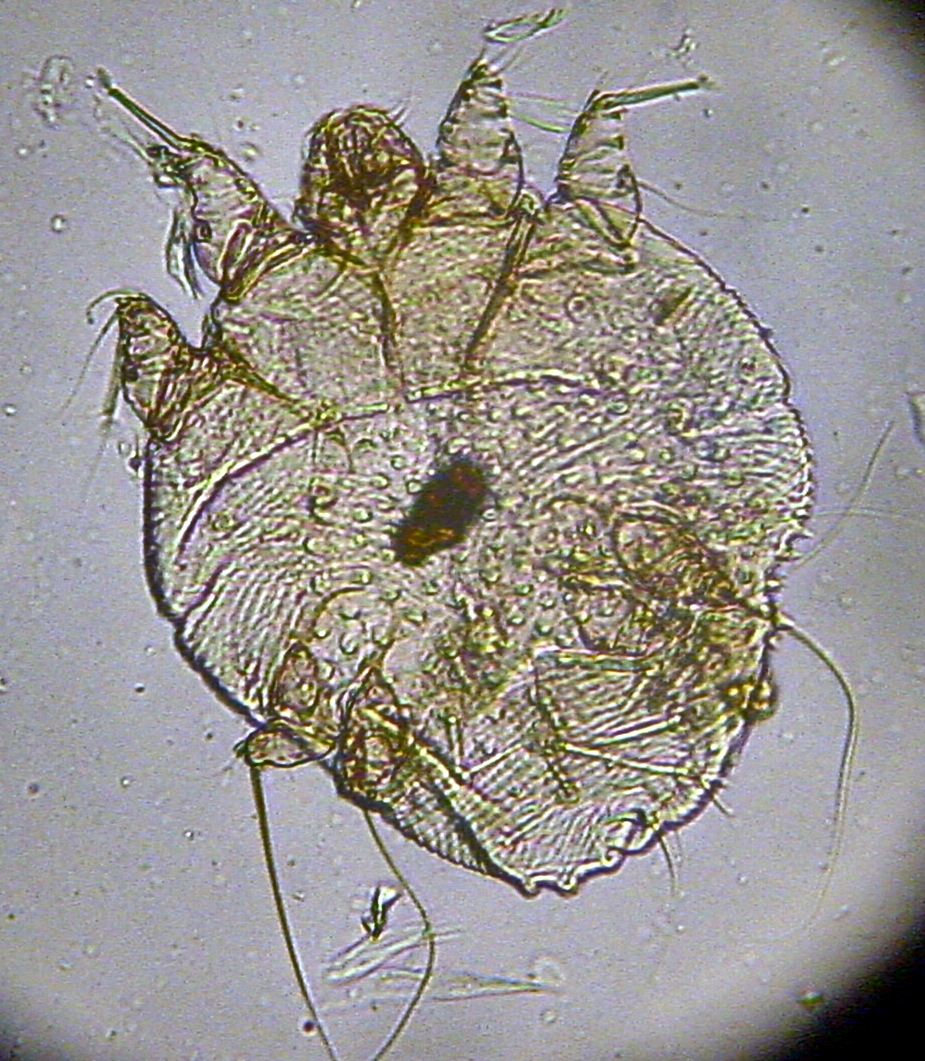There has been a significant increase in the highly infectious skin infestation scabies across the UK – and university students are among the worst affected. This may be as there are large numbers in close contact with each other, in lectures and halls of residence etc.
NHS England says the number of cases being diagnosed in hospitals has gone up nearly 73% since last year.
Scabies, caused by mites that burrow into the skin and then lay eggs, isn’t usually serious unless it’s left untreated. It spreads through physical contact bedding and clothes and symptoms include small red spots and intense itching.
If a student does have scabies, there are things they can do to reduce the risk of it spreading:
Do
- Wash all bedding and clothing in the house at 60C or higher, and if possible in a hot dryer, on the first day of treatment
- Put clothing that cannot be washed in a sealed bag for 3 days until the mites die.
Don’t
- Do not have sex or close physical contact until you have completed the full course of treatment
- Do not share bedding, clothing or towels with someone with scabies
What is scabies?
Sarcoptes scabei is a human mite which penetrates the outer layers of the skin.

The body’s immune system reacts to the mite’s droppings and saliva resulting in an immune reaction, which produces an intense itching.
The lesions occur mainly on the hands, finger webs, wrists and inside of arms, abdomen or waist, groin and under buttocks. In infants, the head, neck, palms and soles may be involved; these areas are often spared in older individuals.
The intense itch is aggravated by warmth and moistness. Itching occurs especially at night or after a hot bath or shower. Because of scratching, lesions can develop a secondary infection.
How scabies is spread
The mite is transferred to other people by prolonged, direct skin-to-skin contact, especially via the hands. It can also be acquired during sexual contact.
Transfer from underclothes or bed linen may occur if these items have been contaminated by an affected person immediately before contact.
How scabies is treated
A scabies infection will not resolve without treatment. Insecticide creams or lotions are used to treat scabies, which are available through your GP. The following principles should be followed:
- Apply the cream over the whole body onto clean, cool, dry skin, but not directly after a bath.
- Ensure the cream is put under the nails, on the skin of the face, scalp, behind the ears, the soles of feet and on the genitals regardless of manufacturer’s instructions taking care to avoid eyes, nose and mouth.
- Directly after treatment, put on clean clothes and change the bed linen.
- Leave the cream on for 8 to 12 hours (overnight treatment will ensure this).
- All bed partners and close family contacts should also be treated as above.
- Machine wash (at 50ºC (122ºF) or above) clothes, towels and bed linen on the day of application of the first treatment.
- If someone has crusted scabies, it is important to thoroughly clean the affected person’s environment to remove any skin scales in dust. This includes vacuuming carpets and furniture, washing bedding, clothes, curtains and cushion covers.
After treatment it may take up to 6 weeks for the itching to stop, but this does not mean treatment has failed. Itching is a result of an allergic reaction to the mites. Antihistamines may help to relieve the itching.

